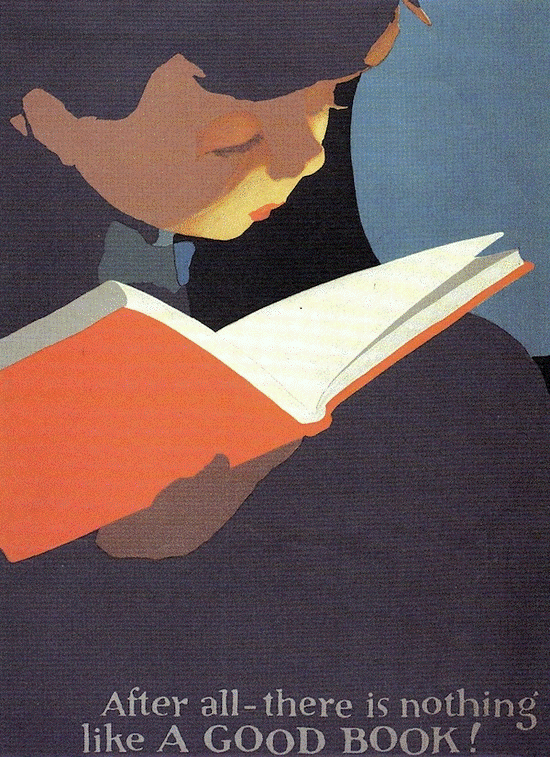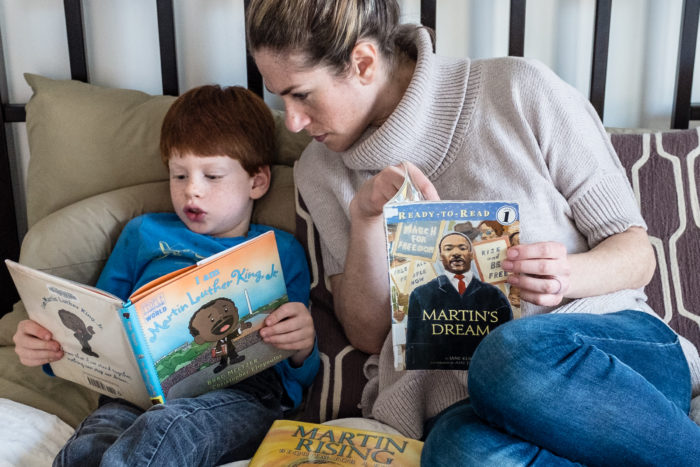
During my time as a book editor—and for a while thereafter—the most common question I’d get was “How do I write/publish a children’s book?” The only problem? I wasn’t a children’s book editor.
But my friend Alli is! Alli Brydon, a children’s book editor and writer based in the New York area—and a friend from the time we both worked at the same publishing house there—has generously agreed to be a guest contributor here from time to time, expanding our childrens’-book libraries, and today I’ve asked her to share her expertise with anyone who might be an aspiring writer.
With nearly 15 years of experience developing, editing, and selling children’s books with US publishing houses—on both the editor and agent side of the desk—she has spent a large part of her career nurturing writers and illustrators to reach their potential. Here she describes the job of an editor and what you need to do to get that manuscript out in the world…
What exactly do you do?
I am an independent children’s book editor who helps authors and illustrators learn, grow, and polish their manuscripts. I also consult authors on building their careers and navigating the publishing industry. “Independent” means that I currently work unattached to a publishing house, which gives me great flexibility and freedom to work with a wonderful variety of clients and projects. My favorite thing is to guide children’s book authors to be their best and to help them shine!
How did you get started?
In the summer of 2004, I was in between my first and second years of graduate school where I was studying and writing towards my MFA in poetry. I somehow had the thought that my focus on poetry would dovetail nicely with the spare and necessary language of children’s books. Through fate, as well as pounding the pavement, I landed a sweet internship with one of the children’s imprints at Penguin, and have never looked back! When I graduated, I knew I wanted to work in children’s books, and shortly after commencement I interviewed for what would be my first editorial job in children’s publishing.
What should I do before deciding to write a children’s book?
Read them! Please, please, please read them. Go one step further: study them. If you want to write a picture book, count the pages and notice how many words there are. Understand how a story arcs, how a character becomes believable, and what a conflict (and satisfying resolution) is. Learn the craft of it. Become serious about it. Writing books for kids is fun, but it’s not easy. Join SCBWI (Society of Children’s Book Writers and Illustrators) and meet other folks who are passionate about writing and illustrating kidlit. And if you’re social media savvy, follow your favorite authors and illustrators on Twitter and Instagram—where so many share tons of advice with the public.
What makes a children’s book stand out?
An outstanding children’s book is one that has heart. One that’s connected to the universality of human experience. One that serves both the child and the parent, and respects both. Oh, and if you’ve got a talking schoolhouse, naked president, or a ton of great animal sounds—it can’t hurt!
What do I need to have in hand before reaching out to a publishing house or an agent?

If you’re reaching out to an agent, you should have at least one solidly written (marketable!) manuscript that you’re confident about, as well as two or three more waiting in the wings in case the agent asks to see more. Agents look to sign clients they know will have more than one good book in them. They are looking to foster a whole career. Your one solid manuscript gets sent along with a query letter that shows you’ve done your homework on the agent you’re submitting to and the audience you’re writing for, as well as a short (!!) description of your beloved project. If you can clinch that short description (I’m talking 3 or 4 sentences for a picture book, and only a few more for a longer children’s book) it means you know your story, who it’s for, and why you wrote it.
If you’re reaching out to an editor directly at a publishing house, you’ll need the one manuscript and the query letter. And nerves of steel. Make sure you check out Children’s Writers Market to put together your submission list, as not all publishers take un-agented manuscripts.
The main thing you need is the solid manuscript, though. And since the publishing process is 100% collaborative, I’d also say “flexibility.”
How do I decide where to submit my manuscript?
This is where I suggest trying to find an agent. Not only does a good agent figure out where to submit your work, but they will be there to negotiate tricky publishing contracts, advocate for you (if necessary) during the publishing process, champion your work upon publication, and help you decide which of your projects should come next.
Otherwise, the waters of the publishing industry can seem deep and murky to the novice swimmer, and it can feel enormously difficult to dive in. BUT. If you have those nerves of steel, you can do tons of research online to find the best editors to submit work to. Twitter is your friend! Hashtags like #MSWL (Manuscript Wish List) can help discover topics certain editors are interested in publishing. And there are many “pitch parties” on Twitter throughout the year, where un-agented authors can pitch to editors and agents. Check out #PitMad, #PBPitch, #DVpitch, #KidPit to start. Twitter and Instagram are also great ways to link up to the very welcoming and generous #kidlit community of authors, illustrators, booksellers, librarians, agents, and editors.
Should I hire an artist or do illustrations before submitting my manuscript?
Not at all. In almost every case, publishers find the right illustrator to pair up with a manuscript based on a number of factors: what the market is calling for at the time, what the overall vision is for the project (sales and marketing departments sometime weigh in), whether they want to pair a debut author with a well-established illustrator, and more. It’s unlikely you’d have a sense of these points, so you’d most likely do your project a disservice if you hired an illustrator that wound up not being the right one. And then it could get rejected for the wrong reasons.
What are the most common mistakes a newbie writer makes?
• Trying to write in meter and rhyme, without a great command for its use. Rhyme is super tough to make fresh and surprising. And fresh and surprising it must be. It’s also hard to write a line of verse that rolls off the tongue in such a way that doesn’t sound like you have about ten crackers in your mouth. Verse needs to be solidly written and advance the narrative at the same time.
• Writing a story that (either figuratively or literally) goes nowhere. Plot is king. Even if you read a book that you think has no plot, look a little closer. Then take a close look at this:

• Overwriting the action so that you leave little room for the illustrations to do their job. “Molly was a small girl who loved to wear a green headband every day. She woke up in the morning, put on her headband, and went downstairs to eat breakfast. Then she packed her backpack and left the house to catch the school bus…” Do you see where I’m going here? Too much exposition. The fabulous part about picture books is that you can have the pictures tell half your story, leaving room in your text to develop the character, show emotion and reaction, and advance the story situationally. And to figure out why in the world Molly is so obsessed with this green headband.
• Trying to “teach a lesson” through your story. If you have a message you want to convey, the rule should be “Fun first, message second.” Kids see right through your broccoli-of-a-story and will likely cast it off in favor of the chocolate-cake-of-a-story.
Final piece of advice?
Think about your kid-aged reader. You’re writing for them! I am in love with these lists, posted by picture book author Tara Lazar: 500+ Things That Kids Like and 100+ Things Kids Don’t Like. Your readers will thank you for telling them a story about space aliens and not gorgonzola.
How does a writer with an idea get in touch?
Whether your story is about outer space or stinky cheese, I’d love to help you craft it into something that’s knock-your-socks-off wonderful. Hither & Thither readers can enjoy a 10% discount off my editorial services until April 30th. All you have to do is drop me a line to say “hi” and mention reading this blog post.
Thank you, Alli!
P.S. Check out these suggestions for books that celebrate love and diversity. Also, my kids love this Mac Barnett picture book about the process of publishing a children’s book: How This Book Was Made.
[Lead image: Official Children’s Book Week poster, (1925, 1926), Jon O. Brubaker (from the public domain) || Photo of Alli with her son by Edward Brydon (2018)]





































13 Comments